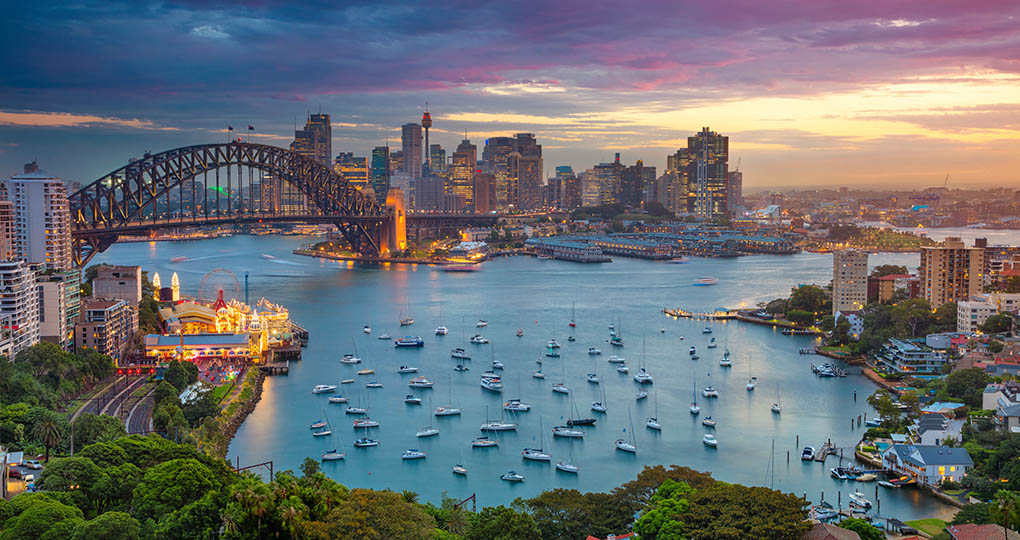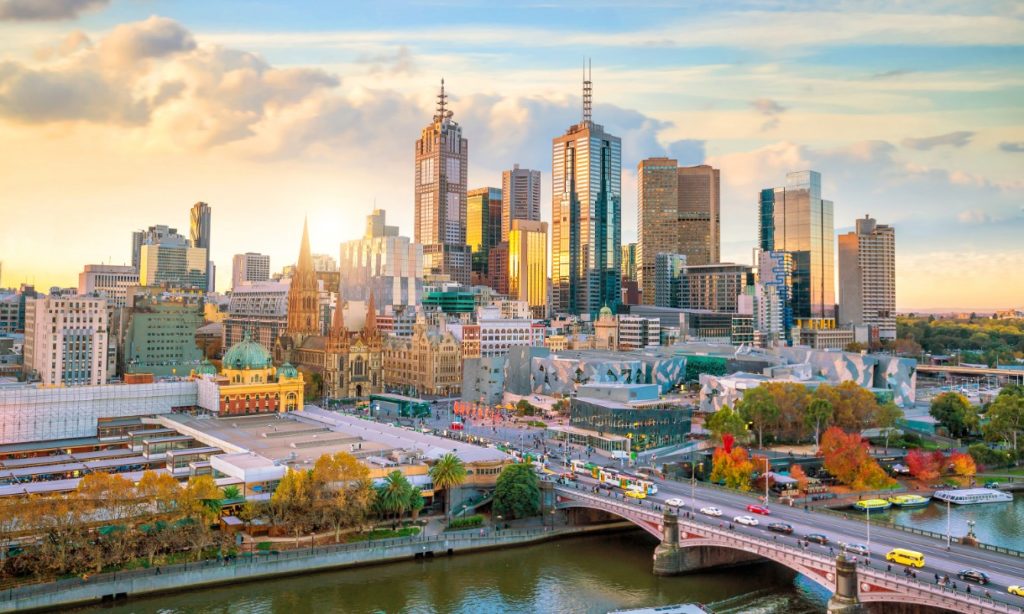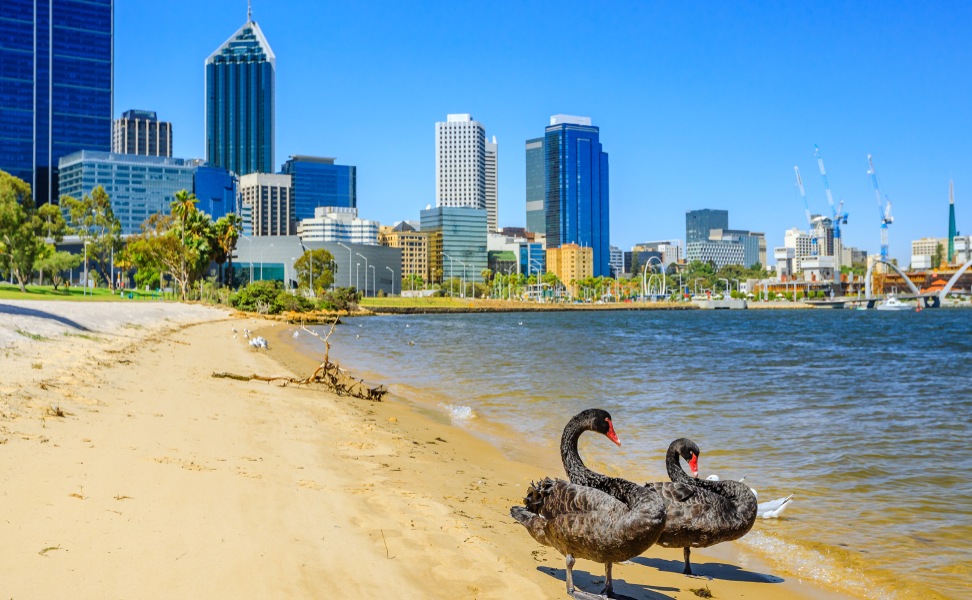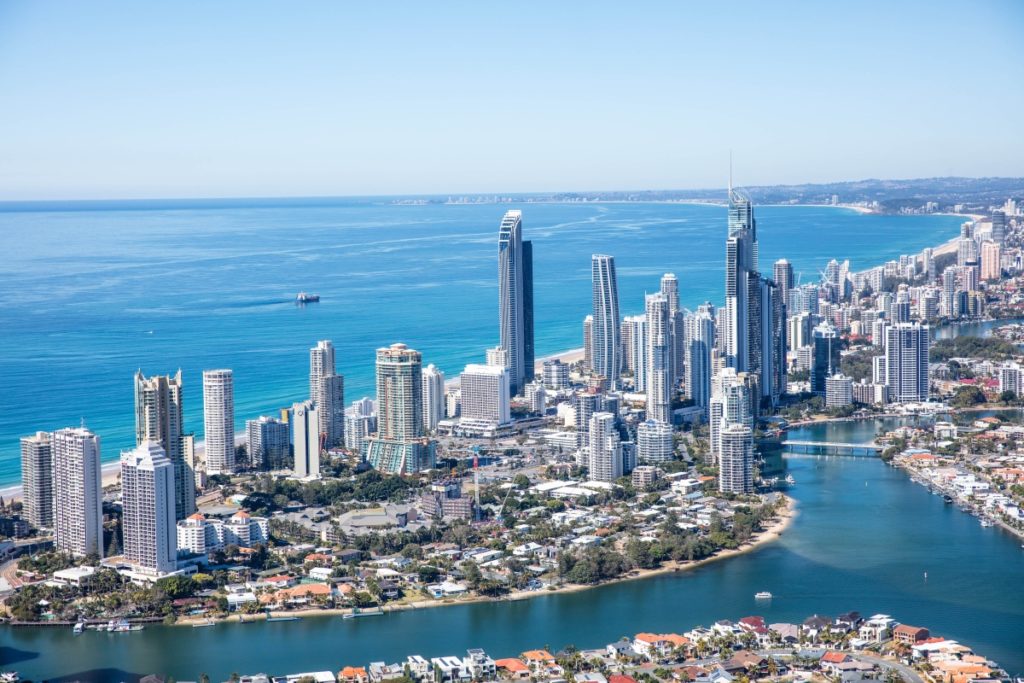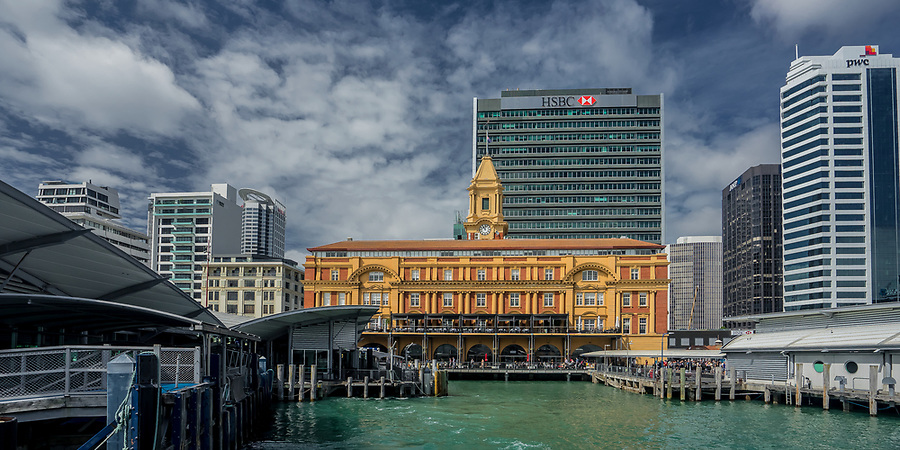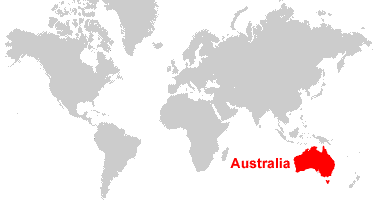
Key Facts:
Climate – generally arid to semiarid; temperate in south and east; tropical in north
Population – 25,658,100
GDP (Per Capita) (2020) – $52,952
Official language – English
Major religions – Christianity (52.1%), Islam (2.6%), Buddhism (2.4%), Hinduism (1.9%)
Ethnic Groups – English (36.1%), Australian (33.5%), Irish (11.0%), Scottish (9.3%), Chinese (5.6%), Italian (4.6%), German (4.5%), Indian (2.8%), Indigenous (2.8%)
Government – federal parliamentary democracy under a constitutional monarchy; a Commonwealth realm
Currency – Australian Dollar (AUD)
Taxes – Resident taxpayers generally are taxed on worldwide income and capital gains, with a tax offset for foreign tax paid on foreign income, up to the amount of Australian tax payable on that income. Foreign residents are taxable only on Australian-source income and gains from “taxable Australian property.” Residents who qualify as “temporary Australian residents” are taxable on their worldwide employment income, and on Australian-source investment income, and capital gains from taxable Australian property. Special tax rates also apply to working holiday makers who have a visa subclass 417 (Working Holiday) or 462 (Work and Holiday).
Taxable income for personal income tax purposes includes income from employment, business income, certain capital gains, and passive income such as dividends, interest, and rental income. Progressive rates up to 47% apply (including a Medicare levy of 2%, see under “Social security,” below). A tax-free threshold of AUD 18,200 applies for full-year resident taxpayers (a reduced threshold applies to part-year residents).
Net capital gains derived from the disposal of assets acquired after 19 September 1985 are included in assessable income. For assets held for more than 12 months, resident individuals are taxed on 50% of the capital gain (“capital gains tax discount”) at their marginal rate. Nonresidents and temporary residents are ineligible for the capital gains tax discount in respect of gains arising after 8 May 2012. For assets acquired before 21 September 1999, individuals may choose between applying the discount and the former system under which they are taxed at their marginal rate on the entire gain, indexed for inflation. Indexation of the cost base of existing assets was frozen at 30 September 1999. Capital gains tax (CGT) applicable to nonresidents and temporary residents is limited to taxable Australian property disposed of by foreign investors. A creditable withholding tax may apply where certain assets (such as Australian real estate) are sold by foreign residents. The CGT main residence exemption generally is not available to nonresident taxpayers.
Residency by Investment:
You can become a permanent resident of Australia by applying for and being granted a permanent visa that allows you to remain in Australia indefinitely. The most common permanent visas include some skilled work and family visas.
Citizenship by Investment:
Significant Investor Visa:
The Australian Significant Investor Visa ( Australia Golden Visa ) was introduced by the government in 2012. It offers a streamlined pathway for High Net Worth Individuals (HNWI) to Permanent Residency in Australia through investment immigration. There is no direct Australia Citizenship by Investment programme although citizenship can be applied for after 3-4 years residency including 1 year of Permanent Residency.
Although high, the investment is restricted and regulated. Residency is restricted to the immediate family. There are no country quotas currently and no investment need be made until after pre-approval.
Australia is a popular destination for HNWI’s seeking residency through investment. In fact in 2017 Australia attracted 10,000 HNWI’s through investment, the highest of any country in the world, ahead of the USA with 9000 in 2nd place.
Australia offers a high standard of living often ranked at or close to number 1 in the world. It has high ratings for safety of women and children. Australia is an excellent base from which to do business in SE Asia and the economy has performed exceptionally well with 27 years of continuous growth without recession.
With regard to investment immigration for Australia there are rules on how the A$5m can be invested:
- Maximum 60%: In non-residential real estate, corporate bonds and shares.
- Minimum 10%: Venture Capital
Taxation:
Temporary residents are exempt from tax on foreign income earned while overseas and CGT on foreign property. After 4 years it is possible to extend the Temporary Residence to 8 years.
Why it makes sense?
- Investment of A$5m in specific structure
- No age limit
- Option to bypass English requirement
- Minimum stay just 40 days in 5 years
- Permanent Residence (PR) after 4 years
- No country quota
- No investment needed until after pre approval
- After 4 years the applicant and family can transition from Temporary Residence (TR Subclass 188) to Permanent Residence (PR Subclass 888)

